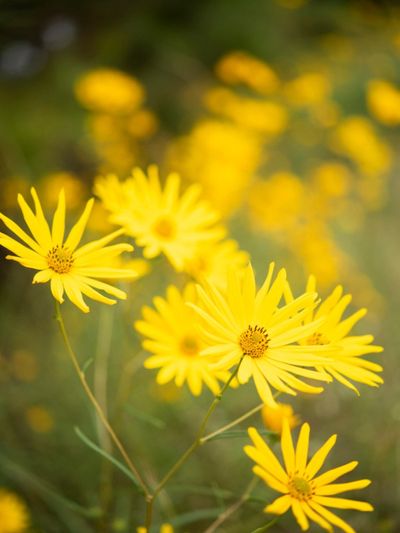Swamp Sunflower Info
Swamp sunflower plant (Helianthus angustifolius) is a branching plant that produces deep green leaves and masses of bright yellow, daisy-like petals surrounding dark centers. The flowers, which measure 2 to 3 inches (5-8 cm.) across, appear in late summer and early fall when most plants are finished for the season. Swamp sunflower grows wild across much of the eastern United States and is often found in coastal marshlands and disturbed areas such as along roadside ditches. Swamp sunflower is hard to miss, as it reaches heights of 5 to 7 feet (1.5-2 m.) or more. This plant is ideal for a native planting or wildflower meadow, and will attract a variety of butterflies, bees, and birds. Swamp sunflower plant is suitable for growing in USDA plant hardiness zones 5 through 9.
Growing Swamp Sunflowers
Swamp sunflower plants are available at most garden centers and nurseries. You can also plant seeds directly in the garden or propagate swamp sunflower by dividing a mature plant. Although swamp sunflower tolerates boggy soil, it spreads rapidly when grown in moist, well-drained soil. The plant tolerates light shade but prefers full sunlight. Too much shade may result in a weak, leggy plant with few blooms. Provide plenty of space; each plant can spread to a width of 4 to 5 feet (1-1.5 m.). Once established, swamp sunflowers in the garden require little maintenance, so your swamp sunflower care will be minimal. The adaptable plant tolerates dry soil for short periods but will do best if you provide water whenever the soil feels dry. A 2 to 3 inch (5-8 cm.) layer of mulch will help keep the soil cool and moist, but don’t let the mulch pile up against the stems. Trim the plant by one-third in early summer to produce a bushy, prolific plant. Remove faded blooms before they go to seed if you don’t want volunteers, as the plant can be invasive in some areas.
